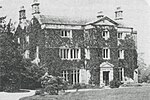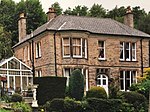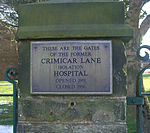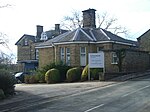Fulwood (ward), South Yorkshire
Use British English from February 2020Wards of Sheffield

Fulwood ward—which includes the districts of Fulwood, Lodge Moor, and Ranmoor—is one of the 28 electoral wards in the City of Sheffield, England. It is located in the far western part of the city and covers an area of 23.2 km2. The population of this ward in 2011 was 18,233 people in 6,476 households. Fulwood ward is one of the five wards that make up the Sheffield Hallam Parliamentary constituency. In the 2004 local elections John Knight, Janice Sidebottom, and Andrew Sangar, all Liberal Democrats, were returned as councillors for the newly drawn ward. The current Member of Parliament is Labour's Olivia Blake.
Excerpt from the Wikipedia article Fulwood (ward), South Yorkshire (License: CC BY-SA 3.0, Authors, Images).Fulwood (ward), South Yorkshire
Chorley Road, Sheffield Fulwood
Geographical coordinates (GPS) Address Nearby Places Show on map
Geographical coordinates (GPS)
| Latitude | Longitude |
|---|---|
| N 53.365 ° | E -1.544 ° |
Address
Chorley Road
Chorley Road
S10 3RN Sheffield, Fulwood
England, United Kingdom
Open on Google Maps










